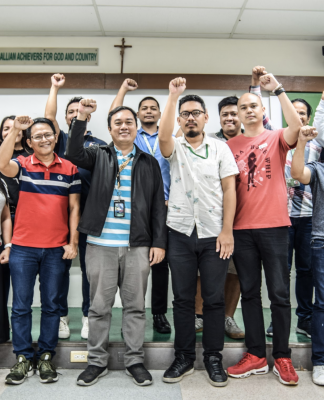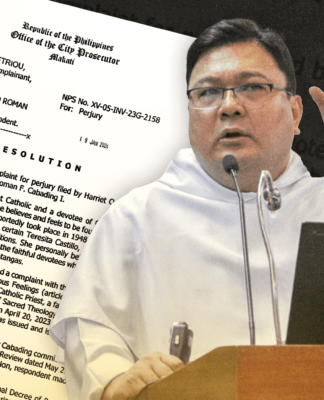THE UNIVERSITY failed to improve its standing in the latest Quacquarelli-Symonds (QS) world university ranking, retaining its spot in the 701+ bracket in the listing of the top 800 universities.
State-run University of the Philippines led the country’s top universities anew, improving 13 notches to 367th from last year’s 380th. Ateneo de Manila University also went up to the 461-470 bracket from the 501-550 bracket last year, while De La Salle University slid to the 651-700 bracket from the 601-650 bracket last year.
Since 2012, UST has not placed in the QS subject rankings. Ateneo, La Salle and UP failed to maintain their respective posts in English Language and Literature.
In 2011, the University’s sole appearance in the QS subject rankings was for English Language and Literature, being in the 101-150 bracket.
UP, the country’s only university which placed in this year’s QS subject rankings, maintained its spot in the 151-200 bracket for Agriculture and Forestry, but failed to keep its post in Geography.
UST however improved in this year’s QS Asian university ranking, climbing to 141st from last year's 150th. Ateneo slid to 115 from last year’s 109 whereas La Salle improved its rank placing in the 151-160 bracket from 151-200 last year. Ateneo de Davao University also made an appearance, placing in the 251-300 range.
The Massachusetts Institute of Technology remained the top university worldwide after posting a perfect score of 100. United Kingdom’s University of Cambridge regained second place with a 99.4 score from Harvard University, 99.3, which is now fourth after the Imperial College of London, 99.4.
Meanwhile, the National University of Singapore emerged as the top Asian university in this year’s world rankings with a score of 91.1, climbing to the 22nd spot from 24th last year.
UST landed in the 401-500 bracket in 2008, the highest ranking for the University since the survey started in 2004.
The London-based consultancy based its rankings on five criteria, namely: academic reputation (40 percent), employer reputation (10 percent), faculty to student ratio (20 percent), citations per faculty (20 percent), international faculty ratio (5 percent) and international student ratio (5 percent). Dayanara T. Cudal















